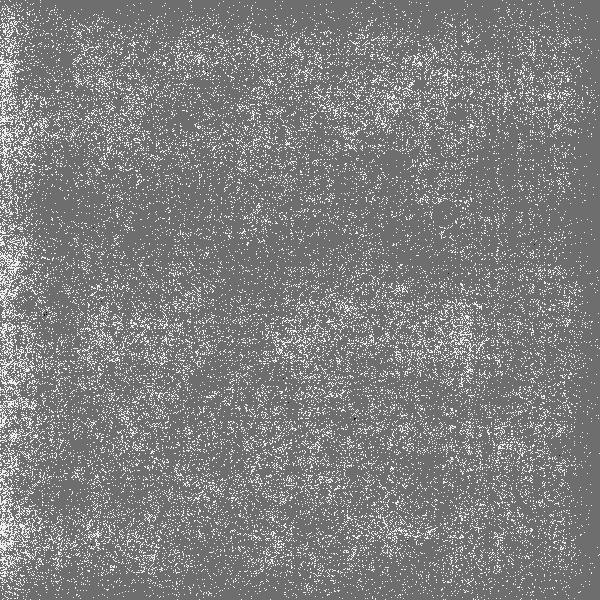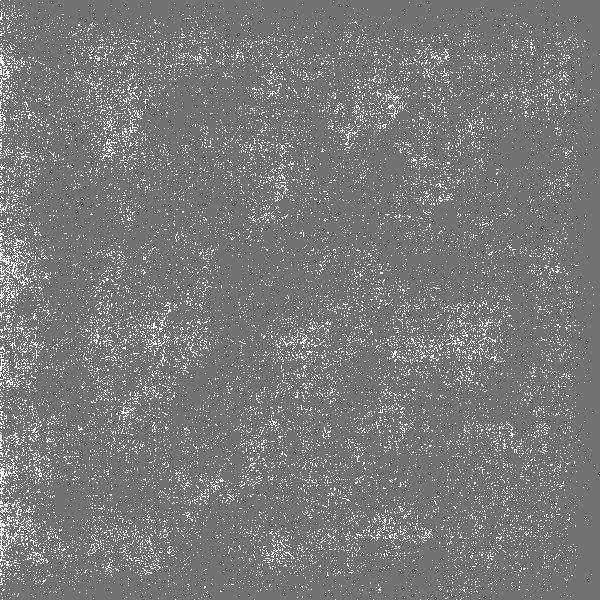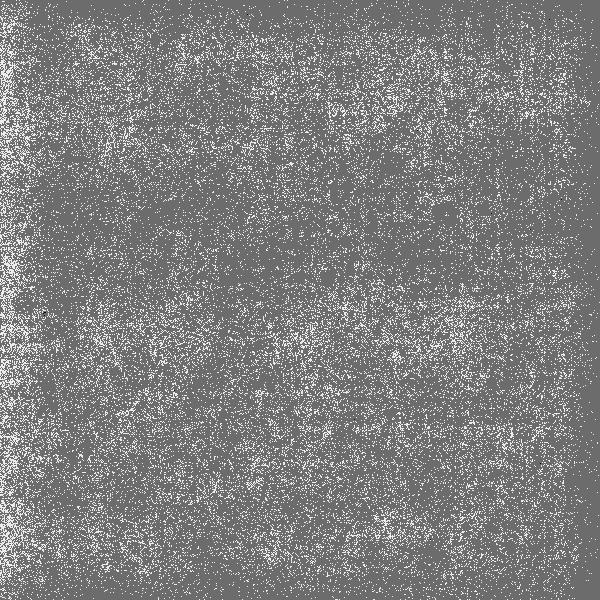This is part of a series of posts about the Nikon D5. The series starts here.
Normally I don’t have much trouble measuring the pixel response non-uniformity (PRNU) of a camera. Set it up aimed at a white target. Light the target with a pair of LED panels set to 5000K. Add an optional 30CC magenta filter to even up the raw color planes (I used on this time), Defocus the lens; I just put the target a meter away and set the lens to infinity. Stop it down far enough to get fairly even sensor illumination. Set the shutter speed for an average exposure about a stop below clipping. Set up an intervalometer and make 128 exposures one second apart.
I converted all the images to DNG format with Adobe DNG converter 9.5 which supports the D5, and — hallelujah! — finally properly supports 4K displays under Windows. Then I turned the Matlab PRNU program loose on them. It calls DCRAW to decode each color plane of each image, crops as requested, and averages all the images, keeping track of some stats as it goes. The stat that we’re interested in is the standard deviation of the cropped averaged image after equalization with a 99×99 kernel designed to minimize errors due to light falloff or lighting deviations from flatness.
That’s where the problems started.
Normally i do this testing soon after I have received the camera, because dust counts as a non-uniformity. Normally there’s not much dust on a brand new camera, and things go swimmingly. Not this time. My D5 has a lot of dust.
I rewrote the code so that it didn’t just blindly crop the image around the center of the frame; it cropped wherever I told it to. Then I moved around the image until I found a section without any significant dust, and told Matlab to do its magic.
Here’s what I got:
You can see all of the raw channels approaching an asymptote of slightly under 0.2%. This is a negligible amount of PRNU.
With modern cameras, more interesting than how much PRNU there is, is what it looks like. Here are 600×600 crops that are relatively free from dust, equalized as above for lighting, and then stretched in luminance to show as much detail as possible.



This is about as benign as these things get.

Lynn Allan says
Well, the big 64 hundred $$$ question … what do images at highest ISO look like … ISO 3280000?
Jim says
In a word, awful. But it’s like the dancing bear; you don’t talk about how well it dances, the fact that it can dance at all is enough.
Lynn Allan says
I did look at the “Studio Scene” provided by DPR, and it agrees with your evaluation.
http://www.dpreview.com/news/0715893019/nikon-d5-studio-scene-comparison-published